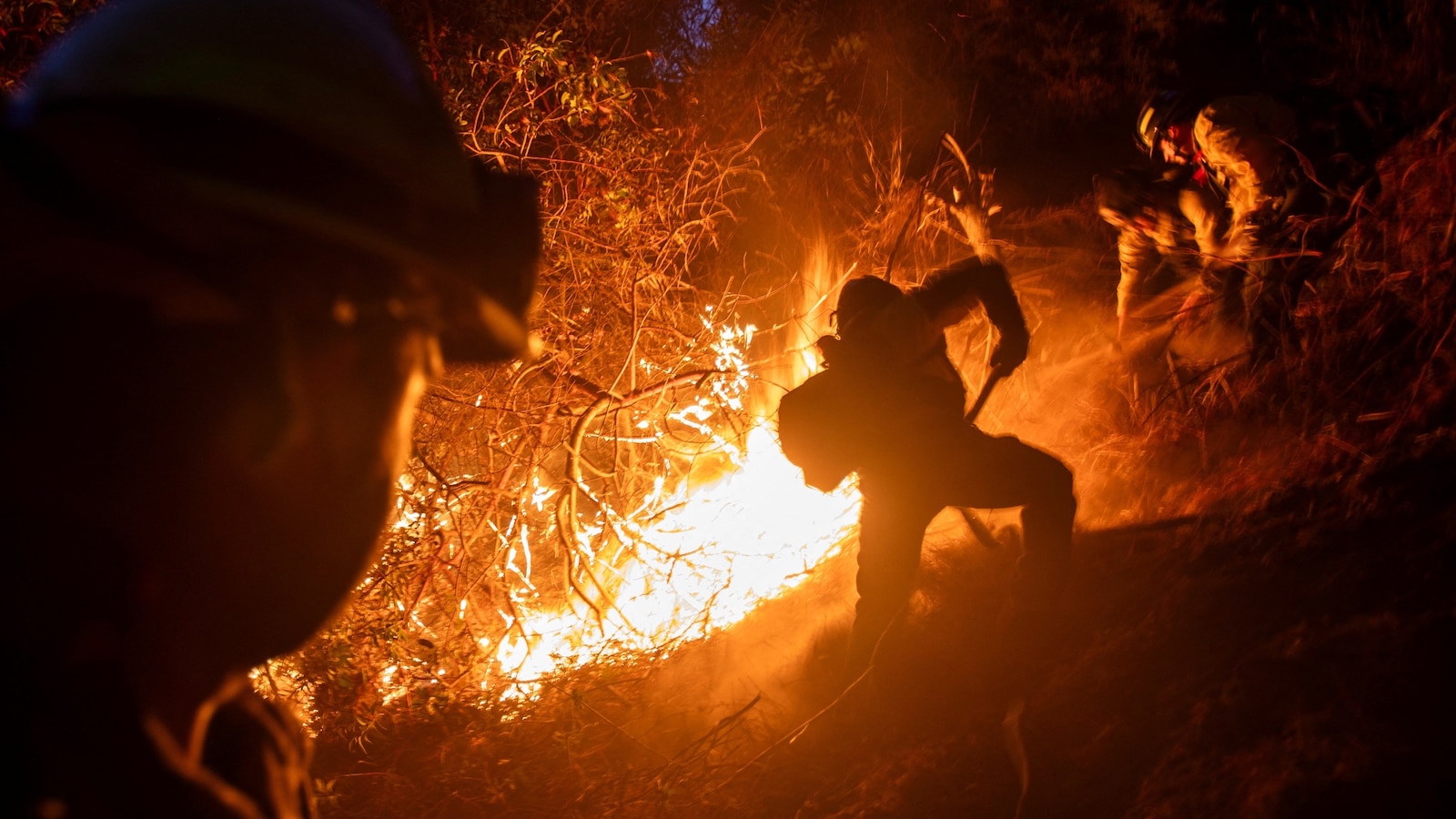California Wildfires: Understanding the Dangerous Weather Threatening Lives and Land
As the climate crisis escalates, California finds itself in a precarious dance with nature, especially during the wildfire season. With vast areas of this golden state engulfed in flames, experts are raising alarms about the dangerous weather patterns that threaten not only the land but also the lives of countless residents. This article delves into the latest updates on the wildfires, the forecasted weather conditions, and the implications for affected communities.
The Current State of California Wildfires
California has been grappling with wildfires for decades, but the events of recent years have reached unprecedented levels. The summer of 2023 brought a series of devastating fires, fueled by a combination of extreme heat, prolonged drought, and gusty winds. As of late September, over 1.5 million acres have been scorched, with thousands of homes lost and communities devastated.
One of the most significant incidents this year has been the Hermosa Fire in Northern California, which has consumed over 50,000 acres and forced thousands to evacuate. Emergency services have been stretched thin, battling the flames while ensuring the safety of residents. Despite their efforts, the unpredictable nature of these fires poses a continuous challenge.
Factors Contributing to the Inferno
Several key factors contribute to the ferocity of California wildfires:
- Climate Change: Rising global temperatures have led to prolonged drought conditions, drying out vegetation and making it more susceptible to ignition.
- High Winds: Seasonal winds, particularly the Santa Ana and Diablo winds, can spread flames rapidly across vast distances, complicating firefighting efforts.
- Vegetation Accumulation: Years of fire suppression have allowed dense underbrush to accumulate, providing ample fuel for wildfires.
The Dangerous Weather Ahead
As we head into the fall season, experts warn that dangerous weather conditions could worsen the wildfire situation. The National Weather Service has issued warnings for strong winds and low humidity levels, which create an ideal environment for fires to ignite and spread.
Forecasters predict that these conditions will peak in the coming weeks, with wind gusts reaching up to 50 mph in some regions. This volatile weather pattern is concerning, especially for communities already on edge from prior evacuations and losses. The intersection of these factors creates a “perfect storm” for wildfires to escalate, threatening lives and properties even further.
Community Impact and Evacuations
The impact of the wildfires extends beyond the immediate threat to life and property. Communities are facing long-term consequences:
- Displacement: Thousands of residents have been forced to evacuate, leading to a humanitarian crisis in shelters.
- Economic Strain: Local businesses are suffering from closures and loss of clientele, while the cost of rebuilding is astronomical.
- Environmental Damage: The loss of trees and wildlife habitats can take decades to recover, affecting local ecosystems.
Local governments have stepped up their efforts to provide aid, but the scale of the disaster often outpaces resources. Community organizations are also mobilizing to assist those affected, offering food, shelter, and emotional support to those in need.
Preparedness and Response Strategies
In light of the ongoing threat, preparedness has never been more crucial. Residents in high-risk areas are encouraged to take proactive measures to safeguard their homes and families:
- Emergency Kits: Assemble a kit with essentials like water, non-perishable food, medications, and important documents.
- Evacuation Plans: Have a clear evacuation route and a plan for where to go if you need to leave your home quickly.
- Home Defensible Space: Create defensible space around your property by clearing flammable vegetation and using fire-resistant landscaping.
Additionally, local fire departments and emergency management agencies are enhancing their response strategies through better technology and community engagement. This includes utilizing drones for aerial surveys of fire areas and employing predictive modeling to foresee potential fire outbreaks.
Looking to the Future
As California grapples with these dangerous weather patterns and their consequences, it is essential to recognize the importance of long-term strategies. Experts advocate for:
- Forest Management: Implementing controlled burns and thinning overgrown areas to reduce the risk of catastrophic fires.
- Investment in Infrastructure: Upgrading power lines and investing in community resilience to minimize fire risk.
- Climate Change Mitigation: Addressing the root causes of climate change through policy changes and sustainable practices.
These measures, while complex, are necessary to protect lives and land in the future. Collaboration between governments, communities, and environmental organizations is vital in developing a comprehensive approach to wildfire management.
Conclusion: Resilience in the Face of Adversity
California wildfires serve as a stark reminder of the dangers posed by extreme weather conditions exacerbated by climate change. As communities brace for potential threats, the resilience and spirit of Californians shine through. With preparation, support, and a commitment to sustainable practices, there is hope for recovery and rebuilding.
In these challenging times, staying informed and proactive is key. Together, with a concerted effort, California can emerge from this crisis stronger and more prepared for the future.
See more Your Daily Weather



